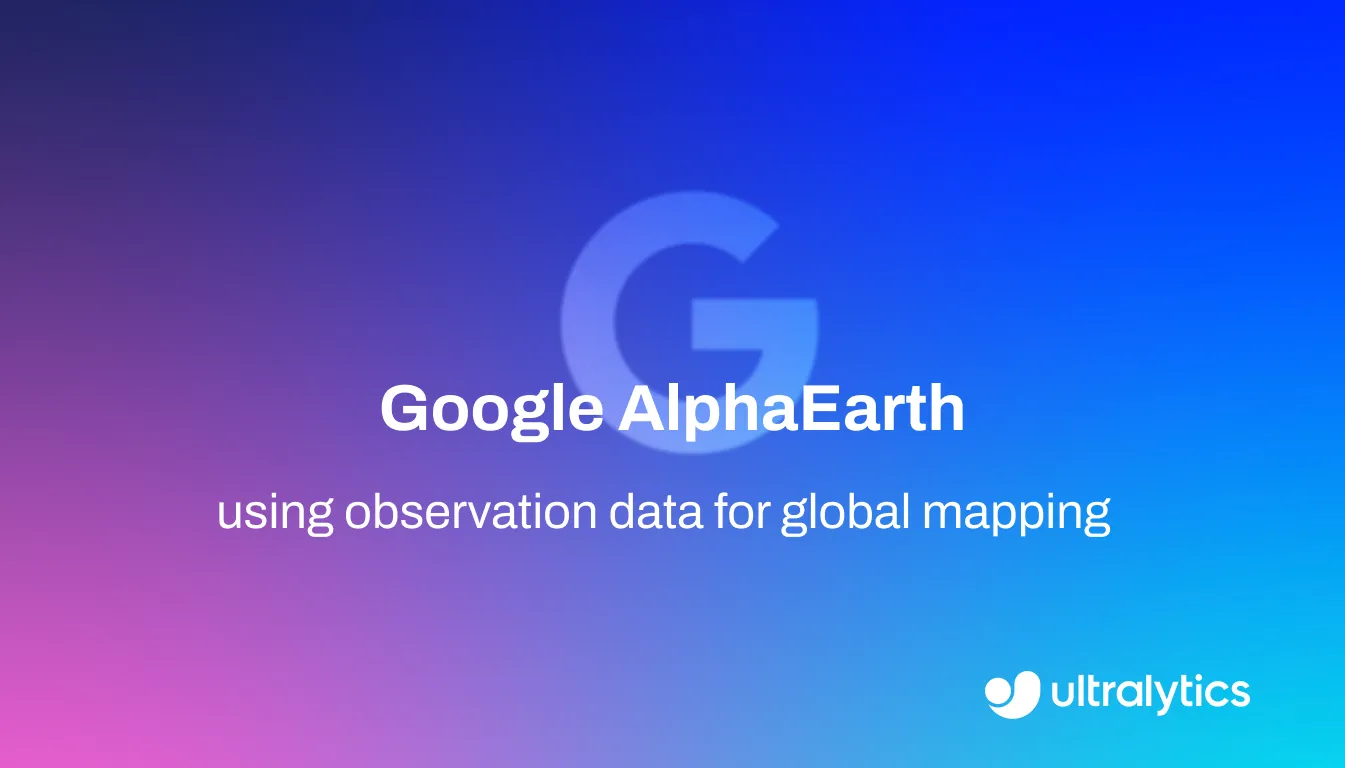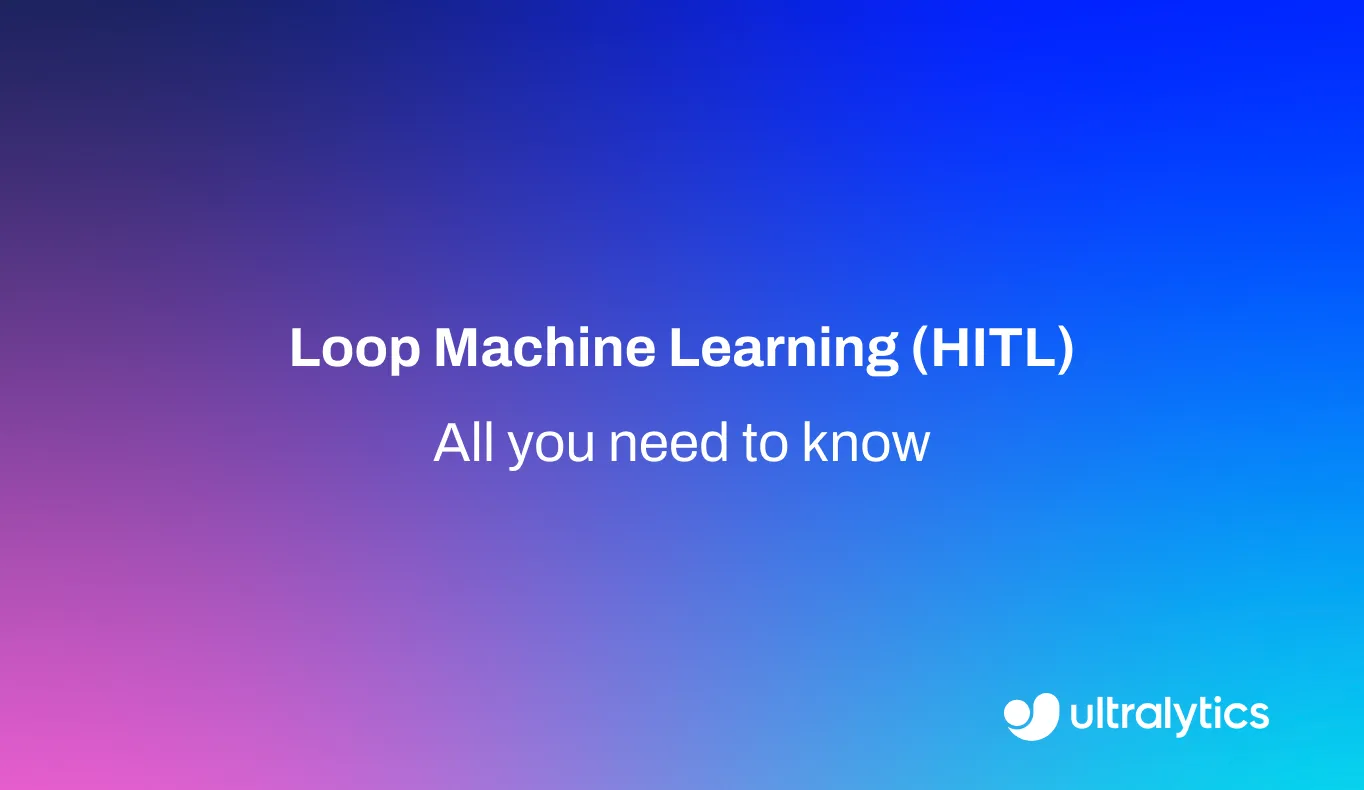Análisis de datos
Descubra cómo el análisis de datos impulsa el éxito de la IA y el ML optimizando la calidad de los datos, descubriendo perspectivas y permitiendo una toma de decisiones inteligente.
El análisis de datos es la ciencia que analiza los datos en bruto para extraer conclusiones sobre esa información. Implica inspeccionar, limpiar, transformar y modelar datos para descubrir información útil, fundamentar conclusiones y respaldar la toma de decisiones. En los campos de la Inteligencia Artificial (IA) y el Aprendizaje Automático (AM), el análisis de datos es el paso fundamental que permite construir, entrenar y evaluar modelos de alto rendimiento. Al descubrir patrones, correlaciones y anomalías en los conjuntos de datos, los analistas proporcionan la información crítica necesaria para guiar el desarrollo de un modelo y garantizar su eficacia.
El proceso suele seguir un ciclo de vida que transforma los datos brutos en información práctica. Esto incluye el preprocesamiento de datos para gestionar los valores que faltan y las incoherencias, el análisis exploratorio de datos para comprender las características clave y la aplicación de técnicas estadísticas para probar hipótesis. Los conocimientos derivados del análisis son cruciales para tareas como la ingeniería de características, la selección de arquitecturas de modelos adecuadas y el ajuste de hiperparámetros. En general, existen cuatro tipos de análisis de datos, cada uno de los cuales ofrece un nivel diferente de información, desde la retrospectiva hasta la prospectiva. Se trata del análisis descriptivo, de diagnóstico, predictivo y prescriptivo, como explican recursos como Harvard Business School Online.
Aplicaciones AI/ML en el mundo real
El análisis de datos es fundamental para impulsar el progreso en numerosas aplicaciones de IA:
- Análisis de imágenes médicas: Antes de que un modelo de IA pueda detectar anomalías en exploraciones médicas, se utiliza ampliamente el análisis de datos. Las imágenes en bruto se preprocesan (normalizadas, redimensionadas) y se limpian. El análisis exploratorio ayuda a comprender las variaciones en la calidad de la imagen o los datos demográficos del paciente dentro de conjuntos de datos como el de tumores cerebrales. El análisis ayuda a identificar las características relevantes y a evaluar el rendimiento del modelo de diagnóstico(precisión, sensibilidad, especificidad) en comparación con las anotaciones de los expertos, lo que permite introducir mejoras para su uso clínico. Recursos como la iniciativa Biomedical Data Science de los NIH ponen de relieve su importancia. Vea cómo pueden utilizarse los modelos YOLO para la detección de tumores en imágenes médicas.
- Gestión del inventario minorista impulsada por la IA: Los minoristas utilizan el análisis de datos para optimizar los niveles de existencias y reducir los residuos. Esto implica analizar datos históricos de ventas, identificar tendencias estacionales y comprender los patrones de compra de los clientes para elaborar modelos predictivos. Además, los sistemas de visión por ordenador (VC ), basados en modelos entrenados a partir de datos visuales analizados, pueden controlar las existencias en las estanterías en tiempo real. El análisis de datos evalúa la eficacia de estos sistemas mediante el análisis de la precisión de la detección y la vinculación de los datos de inventario con los resultados de las ventas, lo que permite estrategias de reposición más inteligentes. Explore Google Cloud AI for Retail para obtener soluciones sectoriales. Ultralytics ofrece información para lograr la eficiencia en el comercio minorista con IA.
Distinción de términos afines
- Visualización de datos: La visualización de datos es la representación gráfica de información y datos. Es un componente de la analítica de datos que se utiliza para comunicar conclusiones o explorar datos a través de cuadros, gráficos y mapas. Mientras que la analítica abarca todo el proceso de examen de datos, la visualización es la herramienta específica utilizada para hacer comprensibles los resultados. Herramientas como Tableau son populares para crear visualizaciones atractivas.
- Minería de datos: Se trata de una técnica específica utilizada dentro del campo más amplio del análisis de datos. La minería de datos se centra en descubrir patrones y tendencias previamente desconocidos en grandes conjuntos de datos, a menudo utilizando algoritmos sofisticados. Como explica Oracle, la analítica utiliza estos patrones descubiertos para tomar decisiones informadas y probar hipótesis.
- Aprendizaje automático: El ML es un subconjunto de la IA que se centra en la creación de sistemas que aprenden de los datos. El análisis de datos a menudo alimenta el ciclo de vida del ML mediante la preparación de datos, la identificación de características y la evaluación de los resultados del modelo con métricas como la precisión media (mAP). Mientras que el análisis proporciona información para que los humanos la interpreten, el ML utiliza esa información para que los modelos realicen predicciones autónomas.
El análisis de datos proporciona la información crítica necesaria para crear, perfeccionar y validar sistemas eficaces de IA y ML en diversos ámbitos, desde la sanidad hasta la agricultura y la fabricación. El uso de plataformas como Ultralytics HUB puede agilizar el proceso desde el análisis de datos hasta la implementación de modelos.








